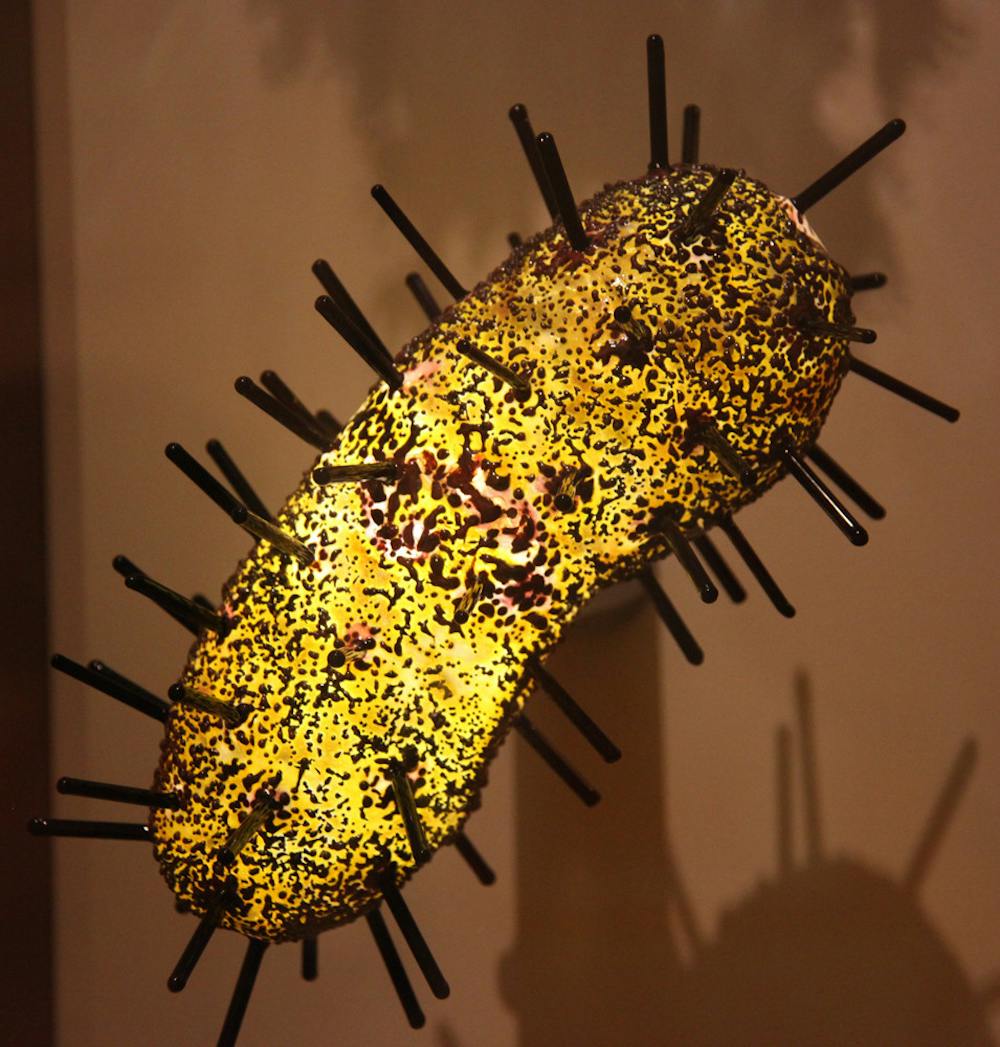By Aneri Upadhyay
Staff Writer
An Oregon resident got diagnosed with the bubonic plague last week, sparking concern and worry from officials. How did they get it? Their pet cat.
According to the New York Times, no other cases have been reported. Emily Horton, a public health program manager in Oregon, told the New York Times that the human patient is in recovery but the cat died from the plague.
Dr. Erin Phipps, New Mexico’s state public health veterinarian, spoke on how the plague was never eradicated.
“A lot of people are not aware that plague is endemic in parts of the U.S.,” Phipps said, according to the New York Times. “It’s not a disease of the past.”
Human cases are treatable when the plague is caught early. People can be infected through flea bites from infected rodents, as well as infected animals in general. The bubonic plague is present when people develop swollen lymph nodes, fever, chills and headache. Septicemic plague causing bloodstream infections and pneumonic plague causing lung infections can develop as well.
The plague is most common in rural areas, especially in the Western United States. Common states include Arizona, California, Colorado, Nevada, New Mexico and Oregon.
According to AP News, the plague is caused by the bacterium Yersinia pestis. Plague bacteria can be killed by sunlight and drying. The most dangerous is pneumonic plague, which is the only form of plague that can be spread respiratorily.
In the United States, about seven cases of the plague are reported annually, with 80% being bubonic.
In the 14th century, the plague was responsible for killing 30-50% of people in parts of Europe, according to NPR. People who survived this version of the plague may have developed mutations in their genes that helped protect them from the plague’s pathogens.
These mutations may have been passed down from generation to generation to Americans of European descent. However, one of these mutations may also lead to an increased risk of an autoimmune disease like Crohn's disease.
According to AP News, the risk of plague can be reduced by clearing garbage in an orderly fashion, as well as locking away pet food. Squirrels and chipmunks can also carry plague, so people may want to be cautious of having bird feeders if they are near infected areas.
The Mayo Clinic recommends taking preventative measures such as removing potential nesting areas for rodents and using flea-control medicines for pets. Insect repellents that have DEET, picaridin, IR3535, oil of lemon eucalyptus, para-menthane-3,8-diol or 2-undecanone can also be used on skin and clothing to prevent fleas for adults.
Although there is no vaccine for the plague, antibiotics can help when exposed.







